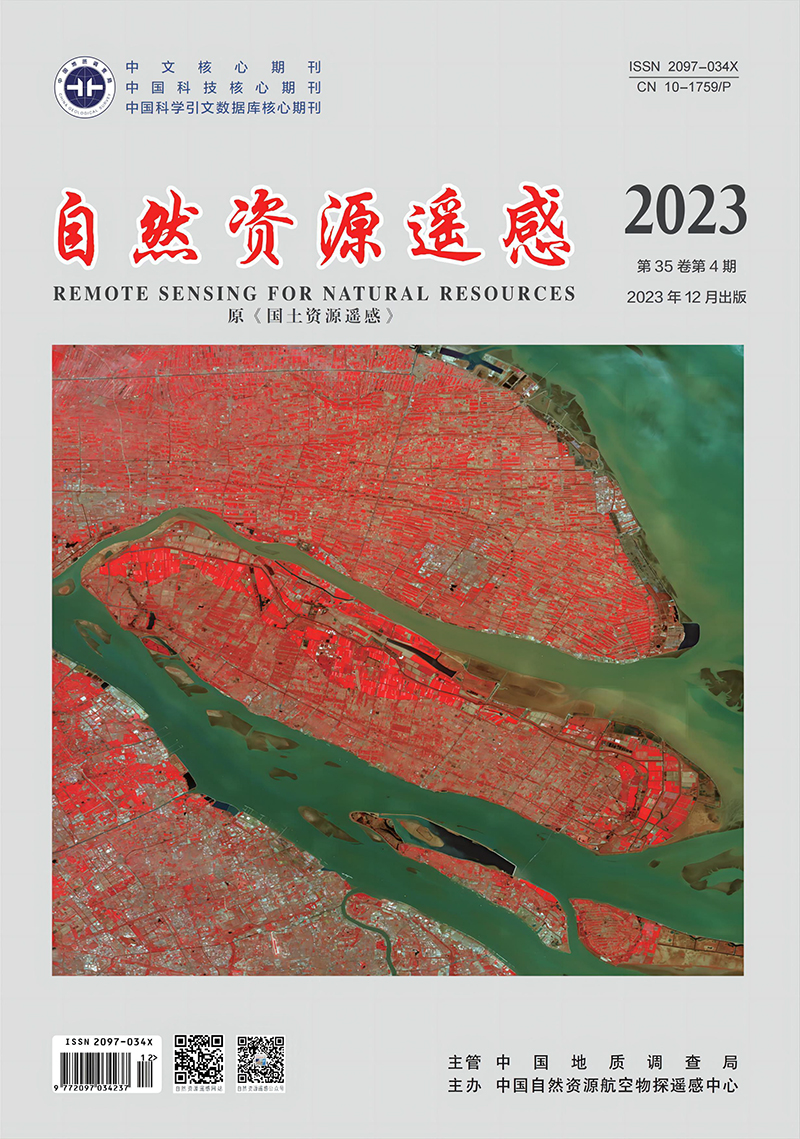CHEN Di, PENG Qiuzhi, HUANG Peiyi, LIU Yaxuan. 2023. Detecting land for photovoltaic development based on the attention mechanism and improved YOLOv5. Remote Sensing for Natural Resources, 35(4): 90-95. doi: 10.6046/zrzyyg.2022315
| Citation: |
CHEN Di, PENG Qiuzhi, HUANG Peiyi, LIU Yaxuan. 2023. Detecting land for photovoltaic development based on the attention mechanism and improved YOLOv5. Remote Sensing for Natural Resources, 35(4): 90-95. doi: 10.6046/zrzyyg.2022315
|
Detecting land for photovoltaic development based on the attention mechanism and improved YOLOv5
-
1. Faculty of Land Resources Engineering, Kunming University of Science and Technology, Kunming 650093, China
-
;2. Surveying and Mapping Geo-informatics Technology Research Center on Plateau Mountains of Yunnan Higher Education, Kunming 650093, China
-
;3. Yunnan Natural Resources and Planning Intelligence Innovation Laboratory, Kunming 650093, China
More Information
-
Corresponding author:
PENG Qiuzhi
-
Abstract
In response to the detection and positioning demands for land for photovoltaic development due to the rapid growth of the photovoltaic industry, this study proposed a YOLOv5-pv algorithm for the detection of land for photovoltaic development based on the improved YOLOv5. For quick and accurate detection and positioning of land for photovoltaic development in complex scenes, the YOLOv5-pv algorithm adopted a weighted bi-directional feature pyramid based on YOLOv5 to achieve simple and fast multi-scale feature fusion, thereby enhancing the ability to detect small targets. Subsequently, the Ghost convolution was employed to retain valuable feature map information in redundant information. Finally, a co-attention mechanism was integrated to improve the algorithm's attention on the land for photovoltaic development, increasing its capacity to resist background interference. The experimental results demonstrate that YOLOv5-pv outperformed YOLOv5, with the recall rate and average accuracy improved by 6.68 percentage points and 4.43 percentage points, respectively. Therefore, the method proposed in this study can effectively detect the land for photovoltaic development, holding referential significance for relevant detection research.
-

-
-
Access History







 DownLoad:
DownLoad: